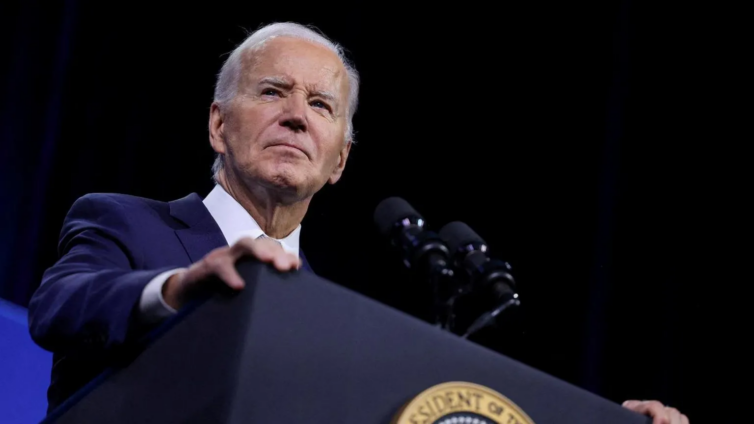More than 1 million people in the U.S. will save over $1,000 a year beginning in 2025 when an annual $2,000 cap on prescription drug out-of-pocket costs kicks in, the leading lobbying group for older Americans said on Wednesday.
The cap, introduced as part of President Joe Biden's Inflation Reduction Act, applies to the Medicare program for people age 65 or over and those with disabilities. Its prescription drug component, known as Part D, provides coverage for around 56 million people.
AARP, which lobbied in favour of the law, commissioned health consultancy Avalere to conduct a study on the new benefit and published a report on the findings on Wednesday.
The $2,000 cap will lower prices in 2025 for more than 3.2 million people, or around 8.4% of Part D beneficiaries who do not receive other subsidies, AARP said in its report.
That represents a stark change from how Medicare Part D previously worked. Before the Inflation Reduction Act, beneficiaries who did not qualify for low-income subsidies were required to pay 5% of drug costs regardless of how much they had already paid.
The cap is expected to provide long-term savings, particularly for those most in need, even if Part D premiums rise next year as expected, Leigh Purvis, an AARP prescription drug pricing expert, said during a press briefing.
By 2029, the lowered cap will help 4.1 million people or around 9.6% of beneficiaries, AARP said.
The biggest impact will be felt by those who use high-priced, branded drugs the most.
Diana DiVito, 82, said the cost of the treatment she takes for chronic leukaemia has averaged $858 per month over more than five years.
Her co-insurance was 33% of the drug's cost until she reached the Part D cap of several thousand dollars. After that, she still had to pay 5% of the drug's cost, DiVito said. In 2024, the law eliminated that additional payment.
"When I saw the first co-pay I almost had a heart attack," DiVito, an AARP member, said during the briefing. "It's a tremendous weight off my shoulders and I'm incredibly grateful."
Almost 40% of people who reach the cap between 2025 and 2029, some 1.4 million, will save more than $1,000 a year, including 420,000 people, or around 12%, who will save more than $3,000 annually. Currently, some patients pay over $10,000 a year, AARP said in its report.
The study excluded Part D beneficiaries who receive low-income subsidies and pay nominal amounts for drugs from its analysis.
"The money seniors will no longer have to spend out-of-pocket is money they can invest in their families, broader health needs or simply save to achieve greater financial stability," AARP CEO Jo Ann Jenkins said.
Latest Stories
-
Center for Learning and Childhood Development Director Dr Kwame Sakyi honoured at Ghana Philanthropy Awards
6 hours -
Asantehene receives 28 looted artefacts
7 hours -
CAF WCL 2024: Ghana’s Thelma Baffour wins title with TP Mazembe
8 hours -
Benjamin Boakye slams politicisation of energy sector issues and ECG’s inefficiencies
8 hours -
Erastus Asare Donkor and Dr Neta Parsram win big at 10th Mining Industry Awards
8 hours -
Government is “suppressing information” about power sector challenges – IES Director
8 hours -
Majority of our debts caused by forex shortfall – ECG Boss
9 hours -
Pan-African Savings and Loans supports Ghana Blind Union with boreholes
9 hours -
Bole-Bamboi MP Yussif Sulemana donates to artisans and Bole SHS
9 hours -
Top up your credit to avoid potential disruption – ECG to Nuri meter customers
9 hours -
Dutch & Co wins 2024 Entrepreneur of the Year Award
10 hours -
We’ll cut down imports and boost consumption of local rice and other products – Mahama
12 hours -
Prof Opoku-Agyemang donates to Tamale orphanage to mark her birthday
13 hours -
Don’t call re-painted old schools brand new infrastructure – Prof Opoku-Agyemang tells gov’t
14 hours -
Sunon Asogli plant will be back on stream in a few weeks – ECG
14 hours

